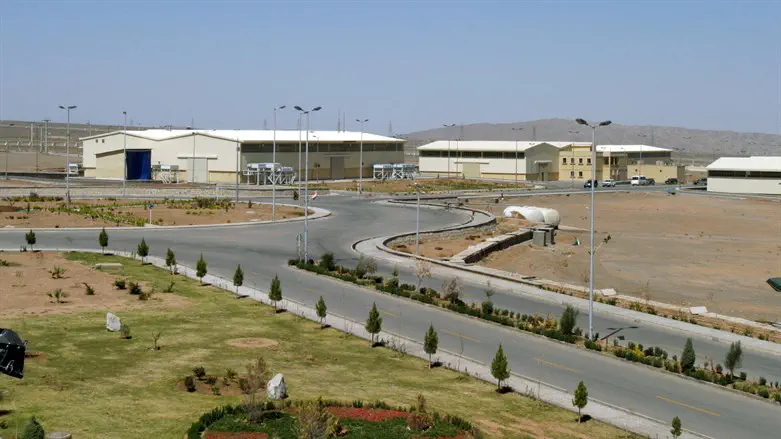
The International Atomic Energy Agency (IAEA) said on Wednesday that Iran has begun enriching uranium with the second of three cascades, or clusters, of advanced IR-6 centrifuges recently installed at its underground plant at Natanz.
The UN nuclear watchdog made the determination in its latest report seen by the Reuters news agency.
Like the first of those three cascades of up to 174 machines each, the second is enriching uranium to up to 5% fissile purity and the third has not been fed with nuclear material, the confidential report to member states said.
Wednesday’s report follows a report released by the IAEA on Monday which indicated that the first cascade had been brought onstream.
At the start of August, the IAEA released a report saying that Iran has completed installing three advanced IR-6 centrifuge cascades at its Natanz fuel enrichment plant.
The IAEA reports come as Iran and the US appear closer to reaching an agreement to revive the 2015 nuclear deal, from which former US President Donald Trump withdrew in 2018.
Iran recently sent its proposals over the final draft sent on August 8 by the EU, which has coordinated talks in Vienna on reviving the pact.
The proposal, submitted on July 26 by EU foreign policy chief Josep Borrell, has been described by the EU as a “final draft” of the agreement.
Last week, Iran confirmed it had received a response from the United States to its proposals on the EU draft, saying it is “carefully reviewing the US opinions”.
On Sunday, White House National Security Council spokesperson John Kirby said that an agreement on a return to the Iran nuclear deal is closer, but there are still some issues to be ironed out.
"We are certainly closer today than we were about two weeks ago thanks to Iran being willing to concede on a couple of major issues," Kirby told CNN in an interview, before adding, "There are still gaps that remain between all sides."

